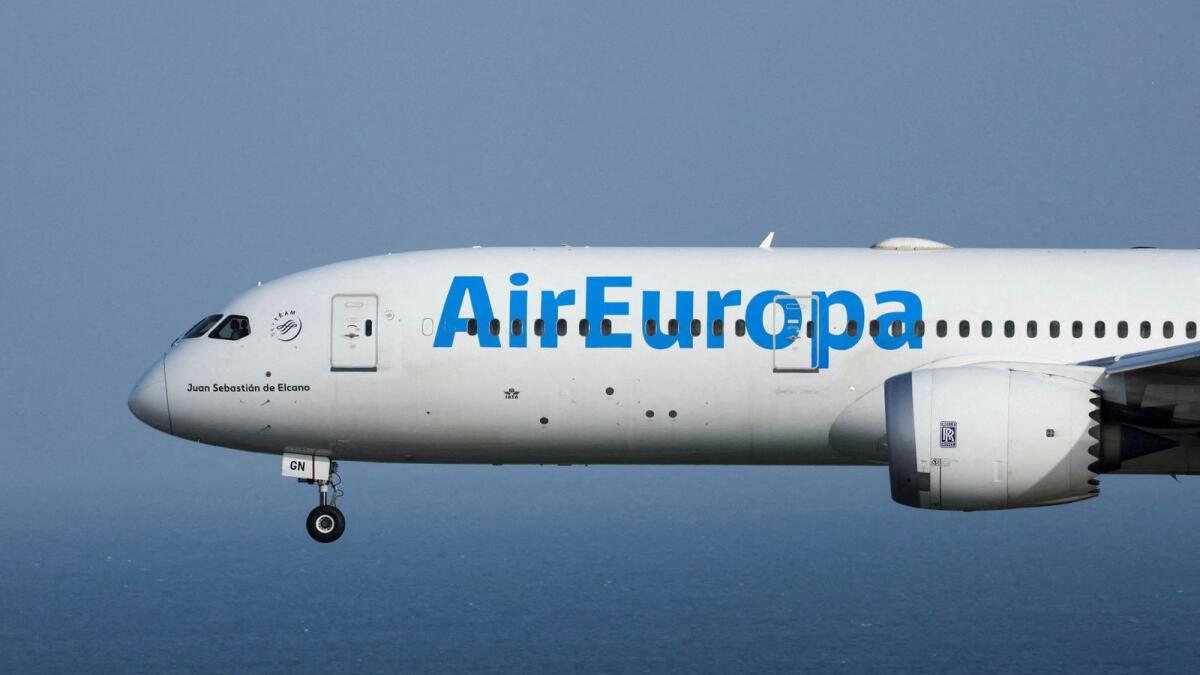The US Federal Aviation Administration has issued an airworthiness directive requiring inspections of Boeing 787 Dreamliners following an incident in which a LATAM Airlines plane experienced a sudden mid-air dive that injured over 50 passengers. The FAA attributed this dive to the uncommanded movement of the captain’s seat, causing the auto-pilot to disconnect. There have been five reported cases of similar problems with the captain and first officer seats on 787s, with two still under investigation.
The directive impacts 158 US-registered airplanes and 737 airplanes worldwide, mandating airlines to inspect the captain’s and first officer’s seats on 787-7, 787-9, and 787-10 airplanes for missing or cracked rocker switch caps or cracked switch cover assemblies within 30 days. Any necessary corrective actions must be taken if issues are found, as uncommanded horizontal movement of an occupied seat could lead to a rapid aeroplane descent and cause serious injuries to passengers and crew. Boeing and LATAM Airlines have yet to comment on the matter.
In addition to the Boeing 787 directive, Boeing has announced a halt to test flights on its 777-9 airplane awaiting certification. This decision comes after a component between the engine and aeroplane structure failed to perform during a maintenance check, as reported to the FAA by the company. Boeing discovered a damaged component following a 777-9 flight test last week, prompting the certification flight testing of the long-awaited 777-9 with FAA regulators onboard in July.
Boeing stated that no near-term flight tests were planned on the other flight test airplanes, clarifying that the problematic component is unique to the 777-9 model. This situation highlights the critical need for thorough maintenance checks and inspections throughout the aircraft manufacturing process to ensure the safety and reliability of commercial airplanes. The FAA’s proactive approach to mandating inspections is crucial in preventing potential accidents and ensuring passenger and crew safety in the aviation industry. Boeing’s collaboration with regulators in addressing these issues is essential in maintaining public trust and confidence in their aircraft.
With the increased scrutiny and regulations on aircraft maintenance and safety, Boeing and other manufacturers must prioritize quality control measures to prevent unexpected malfunctions that could put passengers and crew at risk. Safety remains a top priority in the aviation industry, and these incidents serve as reminders of the importance of thorough inspections and maintenance protocols. As technology continues to advance in aviation, companies must adapt and evolve their safety practices to meet the growing demands of air travel and ensure the utmost safety for everyone onboard.











